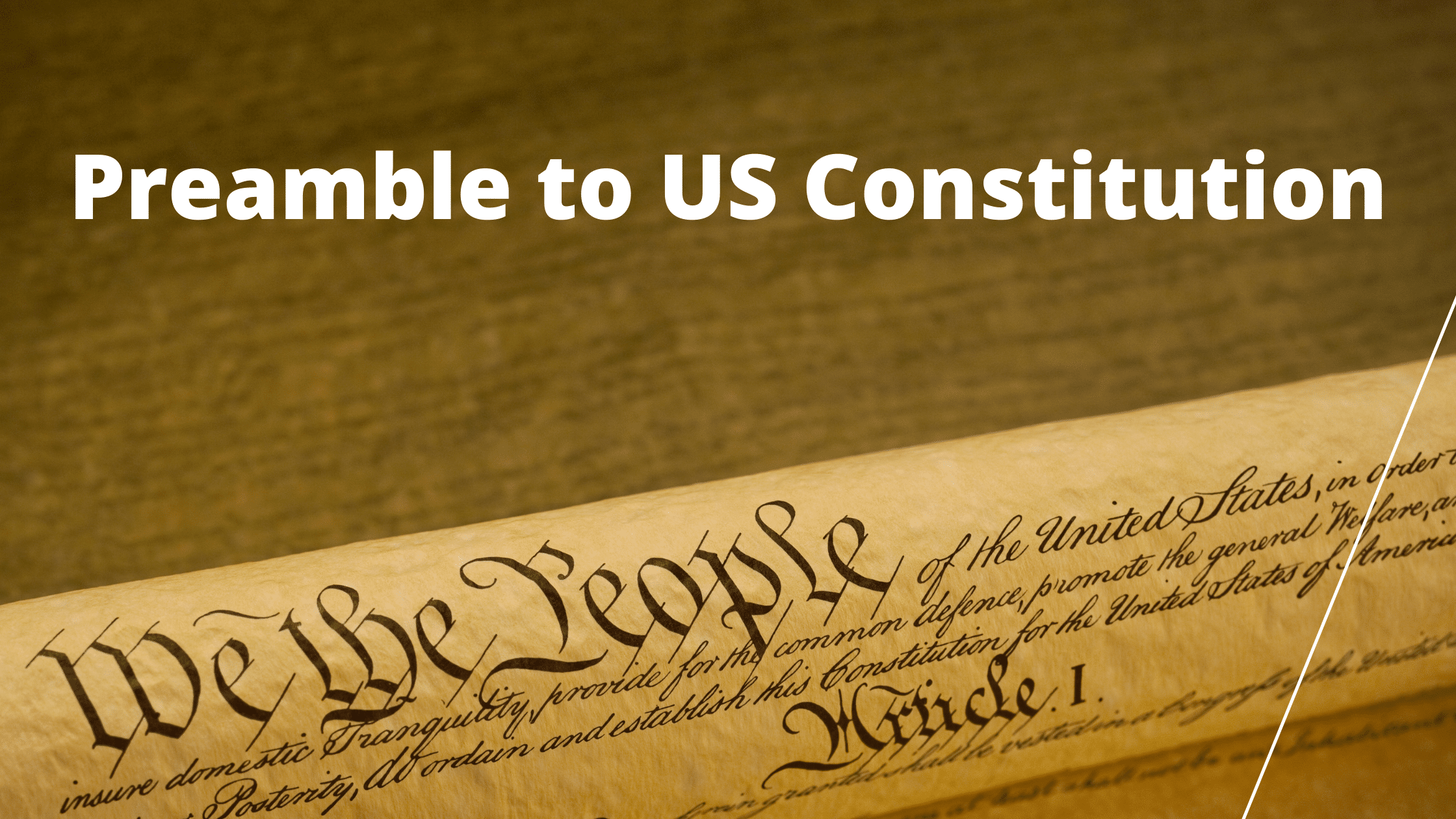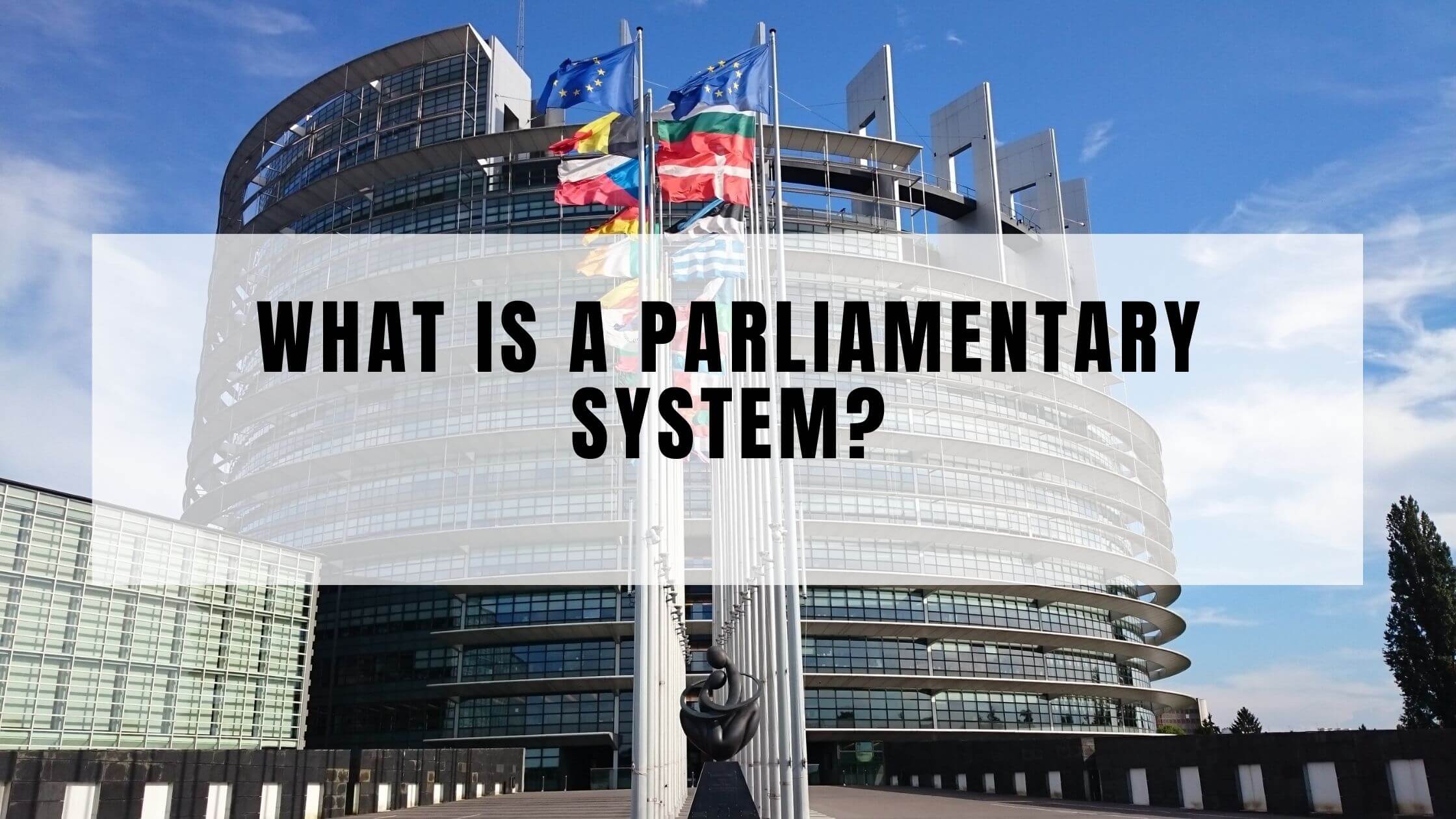Table of Contents
ToggleUnderstanding Judicial Review
The phrase “judicial review” gets thrown around a lot when discussing laws, courts, and other aspects of US politics. It’s often mentioned in conjunction with the Supreme Court, the Constitution, and contentious laws that some people don’t like.
But what is judicial review?
How does it work?
When has it been used?
Let’s dive into the history of the Supreme Court and examine judicial review in detail.
What Is Judicial Review?
In the US, judicial review is when a court looks at (or reviews) a law and determines if it’s in line with the Constitution and other important laws. The court has the power to decide that a law is unconstitutional, either wholly or in part. Any parts of the law that are deemed unconstitutional cannot be enforced, effectively getting rid of the law. This is often referred to as “striking down” a law.
Judicial Review also applies to other actions
Judicial review doesn’t only apply to laws. It can be used on treaties, regulations, or other government actions. In most cases, however, any discussion about judicial review assumes that the power is used on state or federal laws.
When Can A Law Be Struck Down?
When judicial review is applied to federal law, the Supreme Court can only strike that law down if it directly conflicts with the Constitution. When examining a state law, however, the court can strike it down if it contradicts either federal law or the United States Constitution.
The United States Supreme Court cannot strike down a state law for conflicting with the state’s constitution. State supreme courts, however, have the power to protect their constitutions in a similar fashion.
Judges have historically been reluctant to exercise the power of judicial review. Instead, they prefer to make small rulings that don’t put them at odds with congress. This means that most of the time, a law has to be clearly and obviously unconstitutional to get struck down.
Laws that skirt the boundaries of what the Constitution allows might have certain sections deemed unconstitutional, but the Supreme Court has a history of avoiding tough calls about constitutionality whenever it can decide cases based on other factors.

Get Smarter on US News, History, and the Constitution
Join the thousands of fellow patriots who rely on our 5-minute newsletter to stay informed on the key events and trends that shaped our nation's past and continue to shape its present.
Federal laws that are NOT unconstitutional, no matter how poorly written, unfair, or unpopular they are, cannot be subject to judicial review.
When Was Judicial Review Introduced?
Judicial review isn’t explicitly described in the Constitution. Instead, the Supreme Court essentially granted itself the power of judicial review in a case decided in 1803. The case, Marbury v. Madison, involved a would-be judge named William Marbury and the Secretary of State, James Madison.
The former president, John Adams, had nominated an unprecedented number of new judges right before his term ended. When Thomas Jefferson became president in 1801, he told his secretary of state, James Madison, to stop delivering any documents that would contribute to these individuals becoming judges.
A piece of paper called a “commission” was the only thing stopping William Marbury from becoming a judge. Madison, however, refused to deliver it. Marbury sued Madison in court, asking the court to use its power to produce a writ of mandamus that would compel Madison to deliver the commission.
Under one of the laws of the time, the Judiciary Act of 1789, Marbury was able to skip the lower courts entirely and go straight to the Supreme Court. The Supreme Court, led by Chief Justice John Marshall, made a landmark ruling and struck down the Judiciary Act of 1789.
The Constitution explicitly states that the Supreme Court only has original jurisdiction in a very limited set of cases, including those where a state is sued. Because the Judiciary Act of 1789 gave the Supreme Court original jurisdiction in other cases, it was clearly unconstitutional, allowing Marshall’s court to strike it down.
If Judicial Review Isn’t In The Constitution, Why Can The Court Do It?
The authors of the Constitution might not have spelled out judicial review explicitly, but many of them thought it was a power that the Court should have. Alexander Hamilton, notably, advocated for the power of judicial review in The Federalist Papers, especially in numbers 78, 80, and 82. Hamilton was alive in 1803 when Marbury v. Madison was decided.
Additionally, while it’s not explicitly defined, Article 3 and Article 4 of the Constitution imply the power of judicial review.
Article III gives the Supreme Court judicial power over all cases arising under the Constitution.
Article VI says that the Constitution is the “supreme law of the land” and implies that other laws are only valid when they’re “made in pursuance” of the Constitution. When interpreted together, these Articles strongly imply that the Supreme Court has the power of judicial review.
The biggest factor that allows the Supreme Court to review the constitutionality of laws is fact that the other branches of government let them. Marbury v. Madison was a complex case, in which striking down the Judiciary Act gave the current president the result he wanted. Had Marshall ruled against Jefferson, it’s possible that the sitting president would have argued that the Supreme Court didn’t have the power of judicial review and ignored the ruling. Since Jefferson got the result he wanted, however, he let the ruling stand, creating a long legal tradition of judicial review.
How Often Is Judicial Review Used?
The Supreme Court has historically tried to avoid using the judicial review as much as it can. Justice Brandeis wrote down a set of rules that the Court followed while he served on it, specifying that the Court would only rule on the constitutionality of a law as a last resort in a case being argued before it, that it would make the most narrow ruling possible, and that it would attempt to read laws in the most generous way possible when determining their constitutionality.
Likewise, most members of Congress have historically tried to only pass laws that they think are constitutional, preventing the Court from having to use its power.
After Marbury v. Madison, the Supreme Court avoided striking down a federal law with judicial review for 50 years. The power of judicial review has been used more frequently in recent years. By 2017, the Supreme Court had struck down 182 federal laws.
The Supreme Court is somewhat less reserved when it comes to striking down state laws. Between 1960 and 2019, the Supreme Court struck down 483 laws in total. This means more than three hundred state laws have been deemed unconstitutional or contrary to a federal statute.
What Are The Standards For Judicial Review?
Blatantly Unconstitutional
Almost every proponent of judicial review agrees that in order to be struck down, a law must be blatantly unconstitutional. George Mason, one of the framers of the Constitution, said,
“[if a law does] not come plainly under this description, they would be under the necessity as Judges to give it a free course.”
More recently, Justice John Paul Stevens quoted Thurgood Marshall in a concurrence, saying
“the Constitution does not prohibit legislatures from enacting stupid laws.”
Justice Stevens made the remark in light of a law that was not well drafted. When such a law is constitutional, the Court lets it stand.
A Matter Of Last Resort
In addition to being obviously unconstitutional, the Supreme Court will avoid ruling on the constitutionality of law if it can resolve the case in any other way. Marbury v. Madison, for example, required judicial review because Marbury’s argument was correct. He should have been granted a commission, according to the Court, and if the Court had the power to do so, it would have granted him relief by issuing a writ of mandamus to force Madison to give him the commission.
The Court, however, did not have the authority to do so, as it should not have had original jurisdiction over the case. It was necessary, therefore, to strike down the Judiciary Act in order to make a proper ruling on the case. Had Marbury been in the wrong, it might not have been necessary for the Supreme Court to strike down the Judiciary Act. More modern Supreme Courts have gone out of their way to avoid ruling on the Constitutionality of laws whenever they can. If they can resolve the case in any other way, they usually prefer to do that instead.
Real Standing On A Pressing Issue
In keeping with the theme of the Supreme Court not ruling unless it absolutely has to, the Court will not weigh in on a law’s constitutionality until there is a real case before it. Both parties must have standing, which is a legal term that means that they must actually be affected by the issue at the heart of the case. Courts have occasionally thrown out cases when they felt like the parties bringing the case were simply trying to get the Court to rule on the constitutionality of a law. Justice Brandeis says the court required “real, earnest, and vital controversy” before utilizing judicial review.
Similarly, the Court usually doesn’t try to get ahead of any issues. Instead, it usually waits until a case is before it before it rules on a law. The Supreme Court will occasionally send signals about how it feels through related opinions, but it definitely won’t strike down a law until someone actually gets a case about that law to the Supreme Court.
Good Faith Legislature
Historically, the Supreme Court has assumed that lawmakers respected the Constitution and knew what they were doing. These days, the Court has indicated that it doesn’t always take this angle. In the past, however, justices tried to read laws in the most favorable way possible and gave Congress the benefit of the doubt when determining if a law might be unconstitutional.
Narrow Rulings
Judges generally like to keep their rulings as precise and specific as they can. Judicial review is no exception. The Supreme Court won’t strike down a whole network of laws if it doesn’t have to. Instead, it’ll rule that one specific passage of one specific law is unconstitutional and leave the rest for another day. If further review is required, another case will be brought and the Court can address it then.
Checks And Balances
One of the core ideas behind the US Constitution was the concept of checks and balances. Under this concept, three separate wings of government were created: the legislative branch which created laws, the executive branch which enforces laws, and the judiciary branch which interprets laws.
The core selling point of this system is the fact that all three branches have to work together to enact a law. Imagine that a law banning the sale of oranges were to pass. Congress would have to write the law, the police forces would have to arrest people who violated the law and sold oranges, and then the courts would have to convict those people in accordance with the law.
Under this system, if a law is unjust, all three branches must cooperate. If the law is unjust, any of the branches can simply stop enforcing the law. The police might refuse to arrest people who are only selling oranges, for example.
Judicial review is one of the judiciary’s major checks and balances against overreaches by the legislative branch. With judicial review, the Supreme Court has the power to make sure that all laws that are passed are constitutional. Without this power, Congress would surely grant itself more power over time with unconstitutional laws. Judicial review prevents this from occurring, as the Supreme Court strikes down these laws as they’re written and provides an incentive for Congress to act legitimately and write proper, constitutional laws.
Judicial Review: Keeping Laws Constitutional
Judicial review occurs when judges examine law and determine whether or not that law can coexist with the Constitution or other laws that are more important. While it’s normally talked about in regards to laws, judicial review can also involve treaties and other government actions. Judicial review is a cornerstone of the modern judicial branch of the US government.
While it’s rarely used, judicial review allows the Supreme Court to keep legislatures in line and prevent both state and federal assemblies from passing laws that overstep the boundaries set in the Constitution.
The Supreme Court first voided an unconstitutional law in Marbury v. Madison in 1803. After that landmark case, the Court tread carefully for half a century, striking down a Federal law again for the first time in 1857. The power of judicial review has been used more frequently since then, and almost 200 federal laws have been struck down. Despite the growing number of unconstitutional laws, the Supreme Court still tries its best to avoid ruling on the constitutionality of a law unless it’s absolutely necessary.











